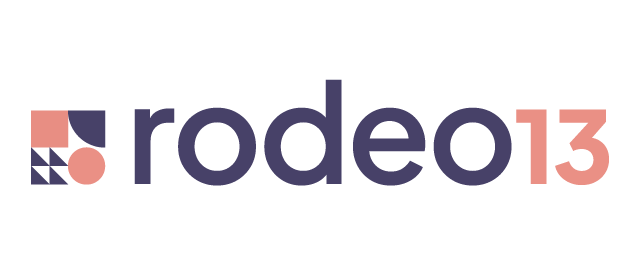The buyer journey is the process that potential buyers go through, from becoming aware of their problem to evaluating solutions to making a purchase decision. Mapping out the stages, questions, and criteria your buyer personas are considering along the way is essential to success and will help you to pinpoint gaps and opportunities where content marketing can offer value.
First Things First
Before we dive into the various B2B buyer stages, it's essential to call out a common pattern: nearly every company talks about being buyer-centric. However, a closer examination often reveals the contrary:
- all of their valuable content is gated
- their “marketing” strategy is high-volume unsolicited sales outreach
- there’s no time or resources allocated to listening to customer needs
- sales and marketing work in silo
While this may have proven effective before 2018, the B2B buyer journey has changed radically since then. For professionals who’ve been in the B2B game for a while, it can be too tempting to stick to old strategies. However, change is inevitable, and success hinges on a company’s ability to continuously adapt to how buyers move through their journey from awareness to decision.
The B2B buyer journey in insights/market research can range from 6 to 18 months or even more. During this time, consistency in creating the right content is quintessential. It’s also crucial to keep in mind that B2B buyers have moved on from talking directly to salespeople to wanting to do their own research and evaluation process almost 100% independently. So, what can B2B folks do to aid this process? Make understanding the value of your products or services as easy for them as possible, i.e., adapt your marketing to facilitate solo decision-making:
- un-gate your content so buyers have as much information freely available as possible
- provide value through different content formats without expecting anything in return
- when a buyer is ready to talk to you, let them book time directly with an expert to see how you can solve their problem
- stay in tune with customer needs and keep the pulse on the market
Define and Understand Your Buyer Personas
The first step in mapping the B2B buyer journey isunderstanding your audience's pain points and interests. This helps you tailor your messaging and content to better resonate with your audience. Without clearly defined buyer personas, you risk wasting time, resources, and money on ineffective marketing campaigns.
Let’s look at it on a more granular level:
1. Awareness Stage
At this stage, your prospects are looking for solutions to their problem. Use blog posts, non-transactional newsletters, long-form guides/ebooks, and high-level informative webinars to educate your buyer personas on different aspects of their problem and potential solutions you can offer.
Appropriate CTAs to use: “Learn more about X”, “Find useful resources on X”, “Follow us on social media for more valuable content on X”
2. Consideration Stage
Prospects in the consideration stage are aware of your solutions and are looking to resolve doubts at this stage. Use case studies/use cases, white papers, and deep-dive webinars/podcasts to showcase your expertise, product, and differentiation.
Appropriate CTAs to use: “Join our newsletter”, “Grab our case study on X”, “Watch a webinar on X”
3. Decision Stage
In the decision stage, your prospects are looking for final reassurance. Use testimonials/social proof, demos, and FAQs to address objections, common doubts, and reinforce trust in your solution.
Appropriate CTAs to use: “Get in touch”, “Book a free consultation/demo”, “Sign up now”
4. Nurture Stage
Maintain engagement post-purchase with ongoing thought leadership content, invite-only workshops/webinars, and “what next” content to reinforce your authority on the subject matter.
It’s worth noting that the B2B buyer journey is far from linear. It’s more like a tangled web, like so:

As prospects move through their long and winding journey, having as much freely available information as possible facilitates decision-making.
A good rule of thumb would be to have one gated high-value resource (for example, a report or a detailed workbook/guide) for every five ungated pieces of content.
Gating one-pagers, panel books, and other low-value resources in the interest of getting email addresses can have the opposite effect and prompt prospects to look for information on a competitor’s website.
A Final Note
The B2B buyer journey has changed significantly in recent years, with buyers conducting their research and evaluation process almost completely on their own. To adapt, B2B businesses need to change their strategy to provide value without expecting anything in return. While the buyer journey may seem complex, understanding it will allow you to better align your marketing efforts with your audience's needs. Remember, the goal is to create a seamless experience that guides your potential clients from awareness to decision. So, keep analyzing and refining your B2B buyer journey for continuous improvement.
